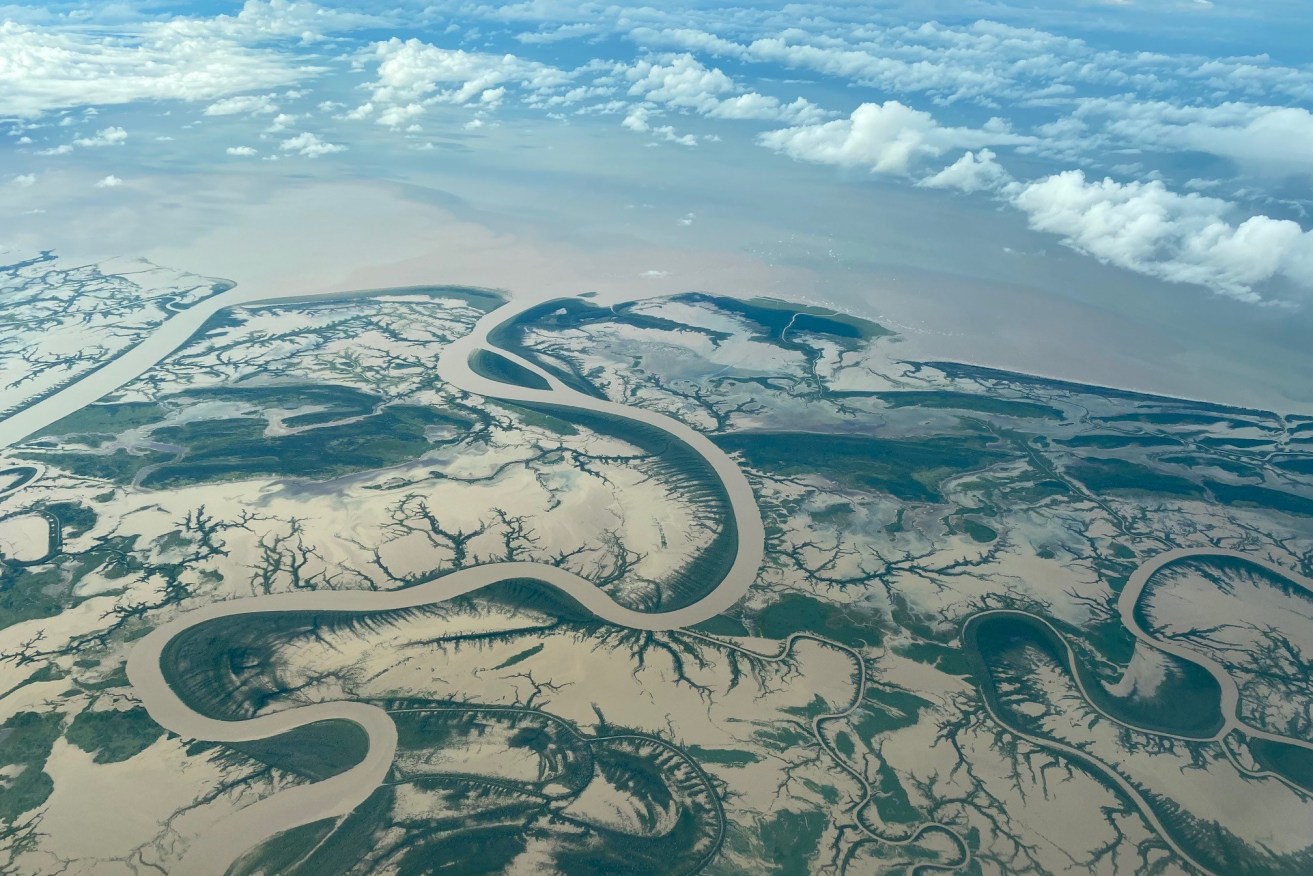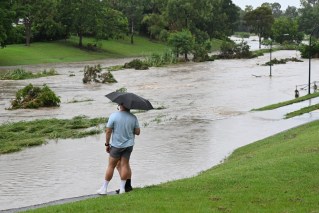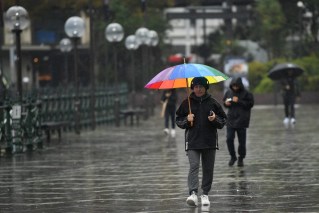Two cyclones and record breaking floods, but forecaster says La Nina is yet to arrive
The La Nina weather pattern characterised by unusually cold temperatures in the Pacific Ocean could emerge in the second half of 2024 following a strong El Nino year, a US government weather forecaster says.

Flooding in Queensland's Gulf country. Now a forecaster say we may still be waiting on a La Nina event.
The pattern typically brings higher precipitation to Australia, Southeast Asia and India and drier weather to grain and oilseed producing regions of the Americas.
“Even though forecasts made through the spring season tend to be less reliable, there is a historical tendency for La Nina to follow strong El Nino events,” the National Weather Service’s Climate Prediction Center said.
The current El Nino weather pattern, which caused hot and dry weather in Asia and heavier-than-usual rain in parts of the Americas, is likely to give way to the neutral conditions during April-June 2024, the centre said.
It said in its monthly forecast there was a 55 per cent chance that La Nina conditions develop between June and August.
“La Nina is likely to affect the production of wheat and corn in the US, and soybean and corn in Latin America including Brazil,” Sabrin Chowdhury, head of commodities at BMI said.
Last year India, the world’s biggest rice supplier, restricted exports of the staple following a poor monsoon, while wheat output in No.2 exporter Australia took a hit.
Palm oil plantations and rice farms in Southeast Asia received less than normal rain.
“The development of La Nina is beneficial for the Indian monsoon. Typically, the monsoon delivers abundant rainfall during La Nina years,” said an official with India Meteorological Department.
The June-September monsoon, which is vital for India’s $US3 trillion ($A4.6 trillion) economy, brings nearly 70 per cent of the rain the country needs to water crops and replenish reservoirs and aquifers.











